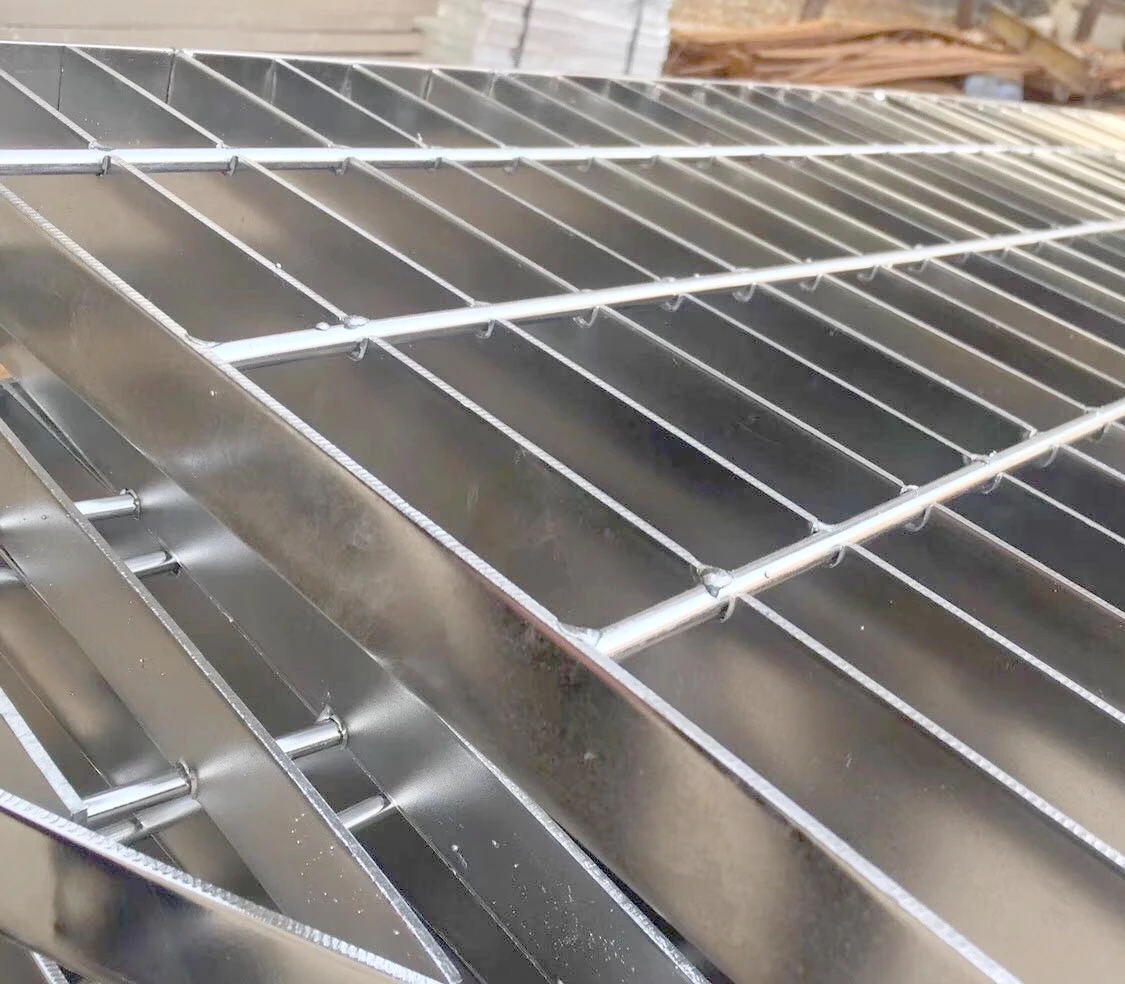The Role of Roadside Sound Barriers A Study in Acoustic Engineering
In today’s rapidly urbanizing world, highways and roads are vital for transportation and connectivity. However, with the increase in vehicular traffic comes an inevitable rise in noise pollution. This has prompted engineers and urban planners to explore solutions that can help mitigate the impact of roadway noise on surrounding communities. One effective strategy that has gained prominence is the installation of roadside sound barriers.
Understanding Sound Barriers
Sound barriers, also known as noise barriers, are structures specifically designed to reduce noise pollution in residential areas adjacent to highways and busy roads. These barriers absorb or deflect sound waves, diminishing the amount of noise that reaches nearby homes, schools, and parks. Typically constructed from materials such as concrete, wood, or specialized acoustical panels, sound barriers can significantly lower sound levels, providing a buffer between source and receiver.
How Do They Work?
The effectiveness of sound barriers lies in a concept known as sound attenuation. When a vehicle generates noise — whether from the engine, tires, or exhaust system — sound waves travel through the air. Sound barriers work by obstructing these waves, causing them to dissipate. The height, length, and material composition of a sound barrier can dramatically impact its effectiveness. Generally, taller barriers are more efficient because they intercept sound waves at a higher elevation, preventing them from reaching the ears of residents.
Acoustic design plays an integral role in creating effective roadside sound barriers. Engineers utilize specialized software and modeling techniques to simulate sound wave interactions with various barrier configurations. This process involves evaluating factors such as material density, surface texture, and barrier height to optimize sound reduction.
Environmental and Aesthetic Considerations
While the functionality of sound barriers is crucial, aspects such as aesthetics and environmental impact are equally important. Many communities are concerned about the visual appeal of such structures, as traditional concrete walls can appear stark and uninviting. To address this, designers are increasingly incorporating vegetation and artistic elements into barriers. Green walls, for instance, use climbing plants to blend the barrier into the natural surroundings, while murals or decorative designs can transform a utilitarian structure into a community landmark.
roadside sound barriers

Moreover, the environmental implications of sound barrier construction must not be overlooked. Proper planning can enhance local wildlife habitats and improve urban landscaping. When contiguous to natural areas, the design of sound barriers can include spaces for wildlife corrals and nesting, thus minimizing disruption to local ecosystems.
The Impact on Community Well-being
The presence of roadside sound barriers has proven beneficial not only in terms of noise reduction but also in enhancing community well-being. Research indicates that lowering noise pollution contributes positively to residents' mental health, reduces stress levels, and promotes overall quality of life. Studies reveal that neighborhoods shielded from highway noise report higher property values and lower incidence of noise-related health issues.
Furthermore, by mitigating noise pollution, sound barriers can foster a sense of safety and tranquility in urban environments. As people spend more time outdoors, whether for recreation or social gatherings, the calming influence of reduced noise becomes increasingly valuable.
Challenges and Future Directions
Despite their effectiveness, the implementation of roadside sound barriers is not without challenges. Budget constraints, regulatory hurdles, and potential opposition from residents can complicate their installation. Furthermore, ongoing maintenance is necessary to ensure that these structures remain effective over time.
Looking ahead, the future of roadside sound barriers may involve innovations in materials and technology. Researchers are exploring advanced sound-absorbing materials and transparent barriers that maintain visibility while providing acoustic protection. Additionally, as urban areas evolve, the integration of smart technology into sound barriers could monitor noise levels in real-time and adjust their effectiveness accordingly.
Conclusion
In conclusion, roadside sound barriers represent a vital component in the quest for quieter, healthier urban environments. By understanding their engineering, design, and societal implications, we can appreciate their value in enhancing the quality of life for millions. As cities continue to grow, the need for effective noise control measures will only increase, making the role of sound barriers that much more significant.
-
Versatility of Expanded Aluminum Metal for Various Applications
NewsMay.19,2025
-
The Geometry of Steel Gratings: Why It Matters
NewsMay.19,2025
-
Reinforcement Applications of Perforated Mesh in Masonry
NewsMay.19,2025
-
Essential Tools for Installing a Deck Mesh Railing
NewsMay.19,2025
-
Anti-Slip Flooring Made with Stainless Expanded Mesh
NewsMay.19,2025
-
Adjustable Steel Grating for Uneven Terrain
NewsMay.19,2025
Subscribe now!
Stay up to date with the latest on Fry Steeland industry news.

